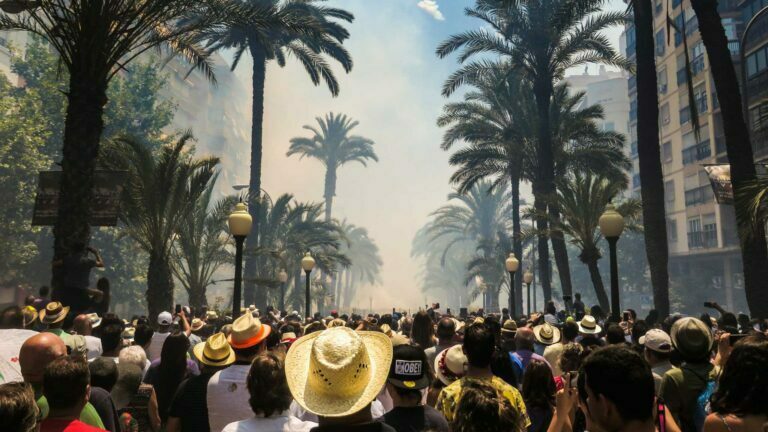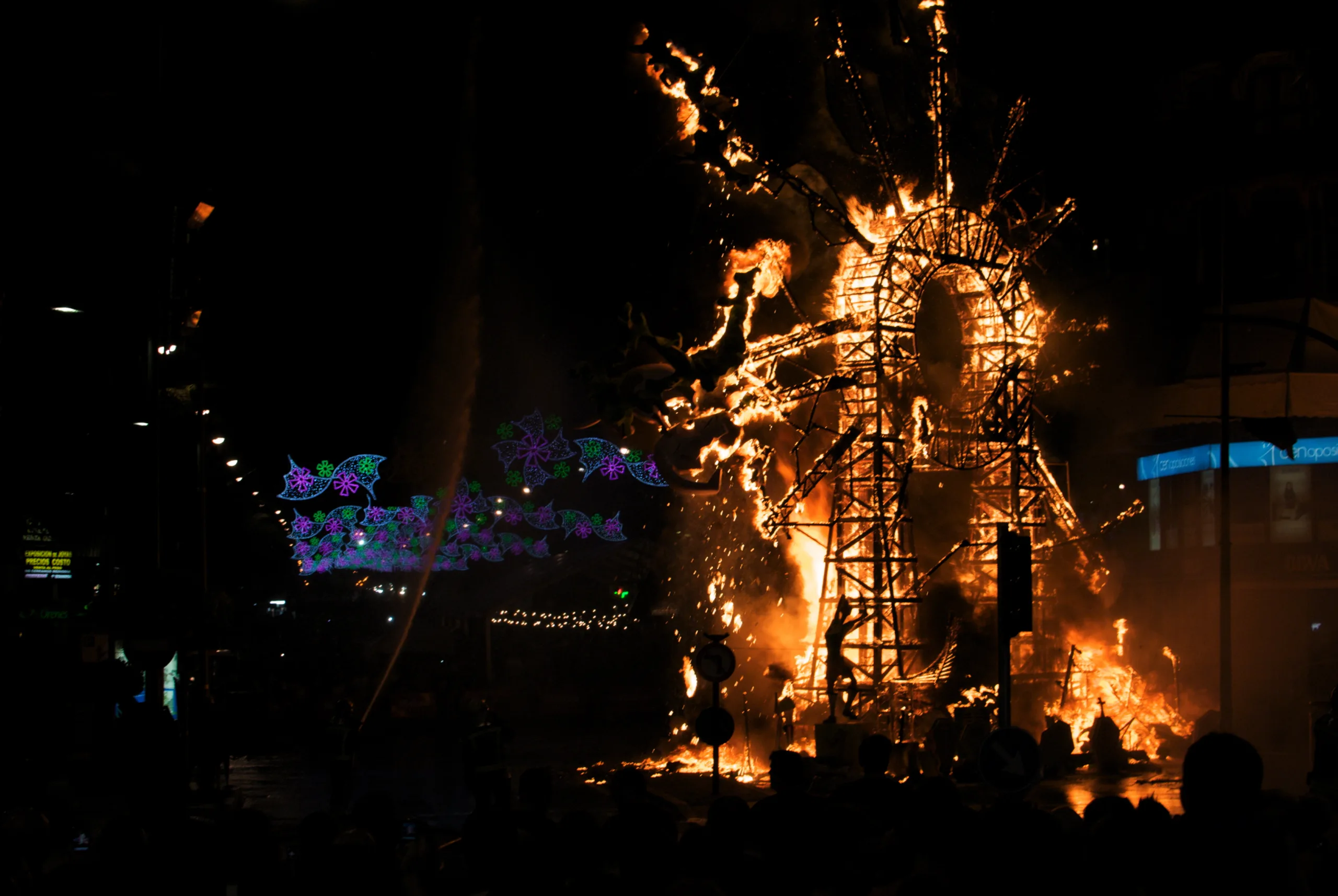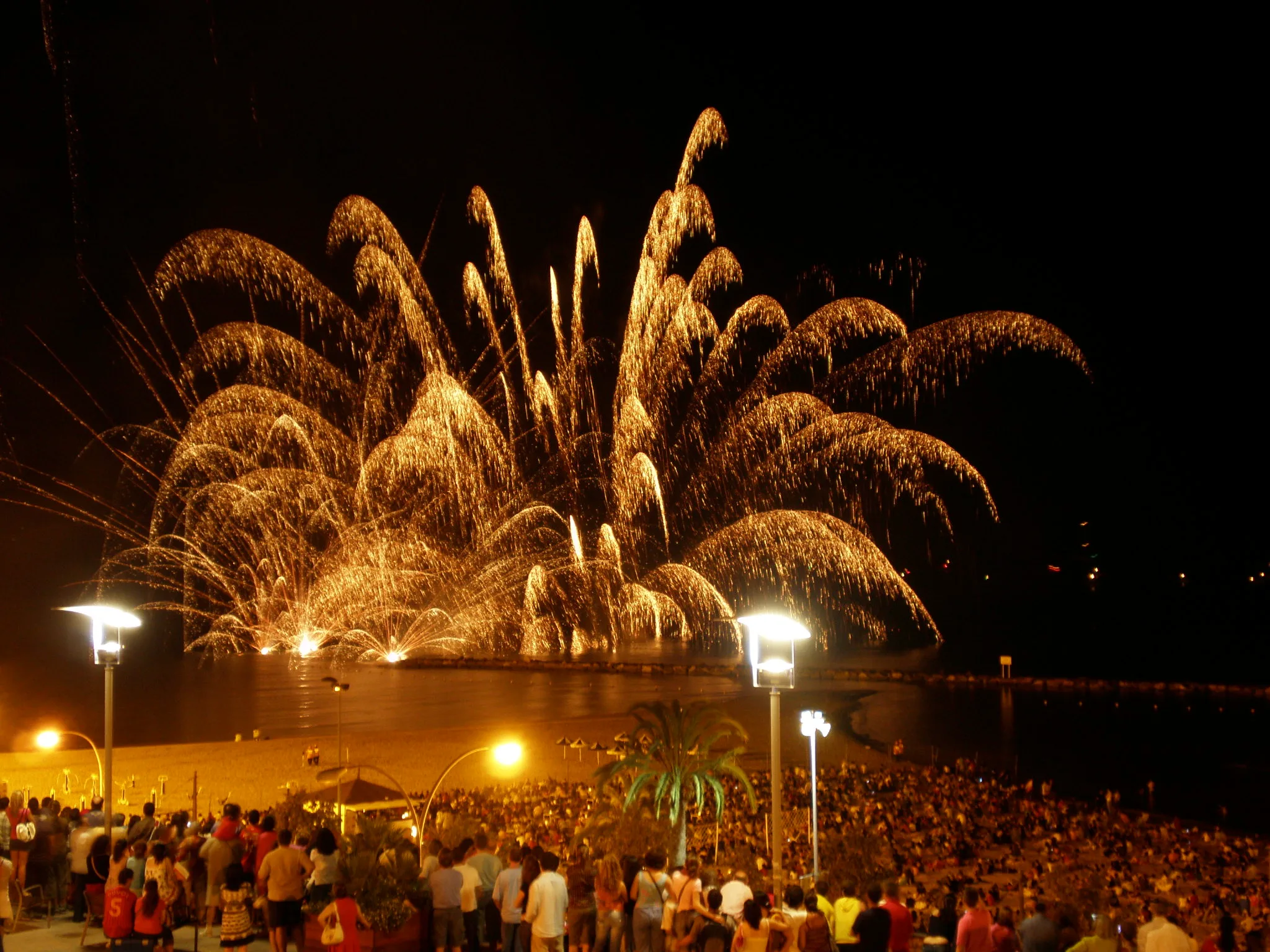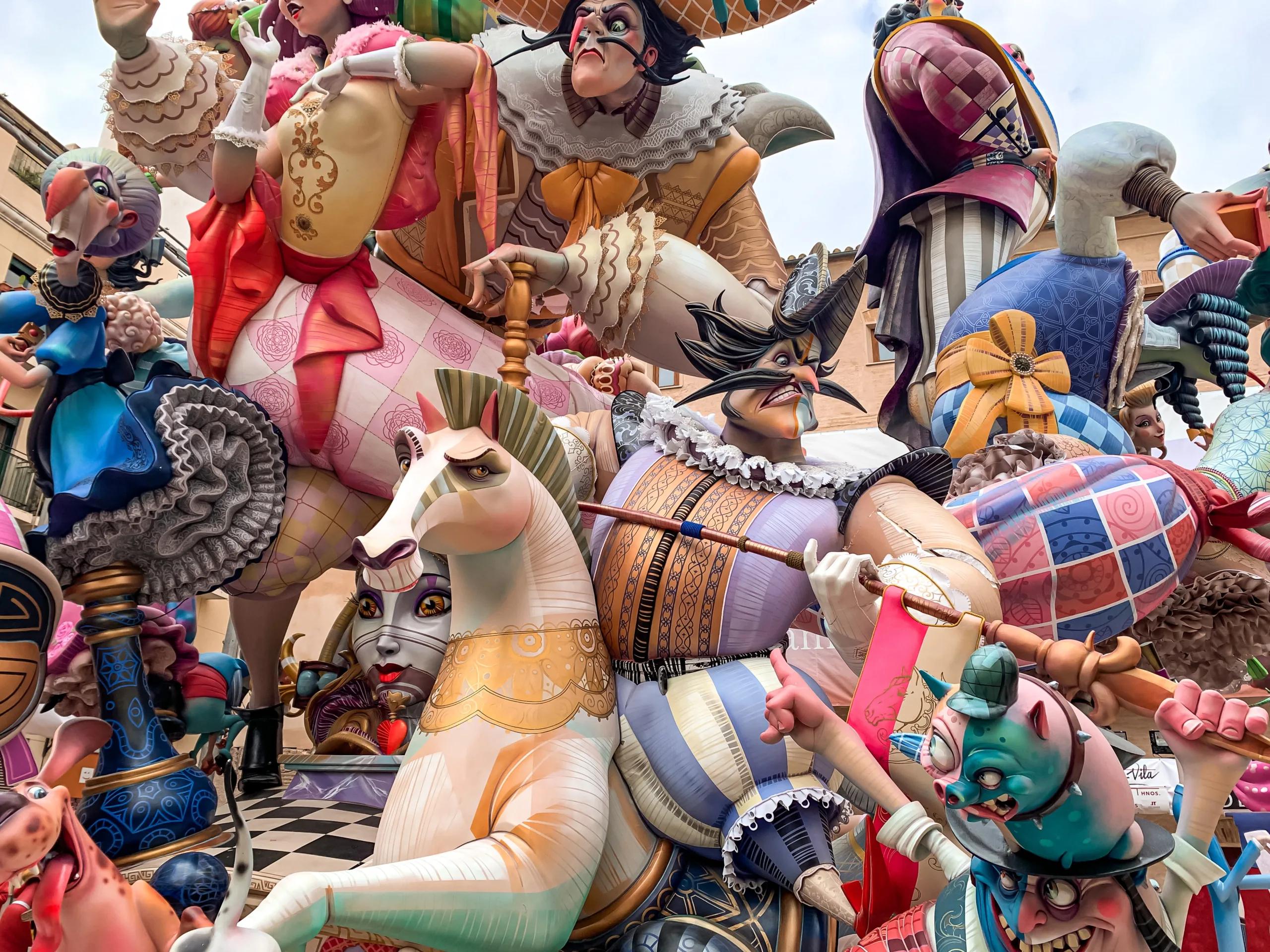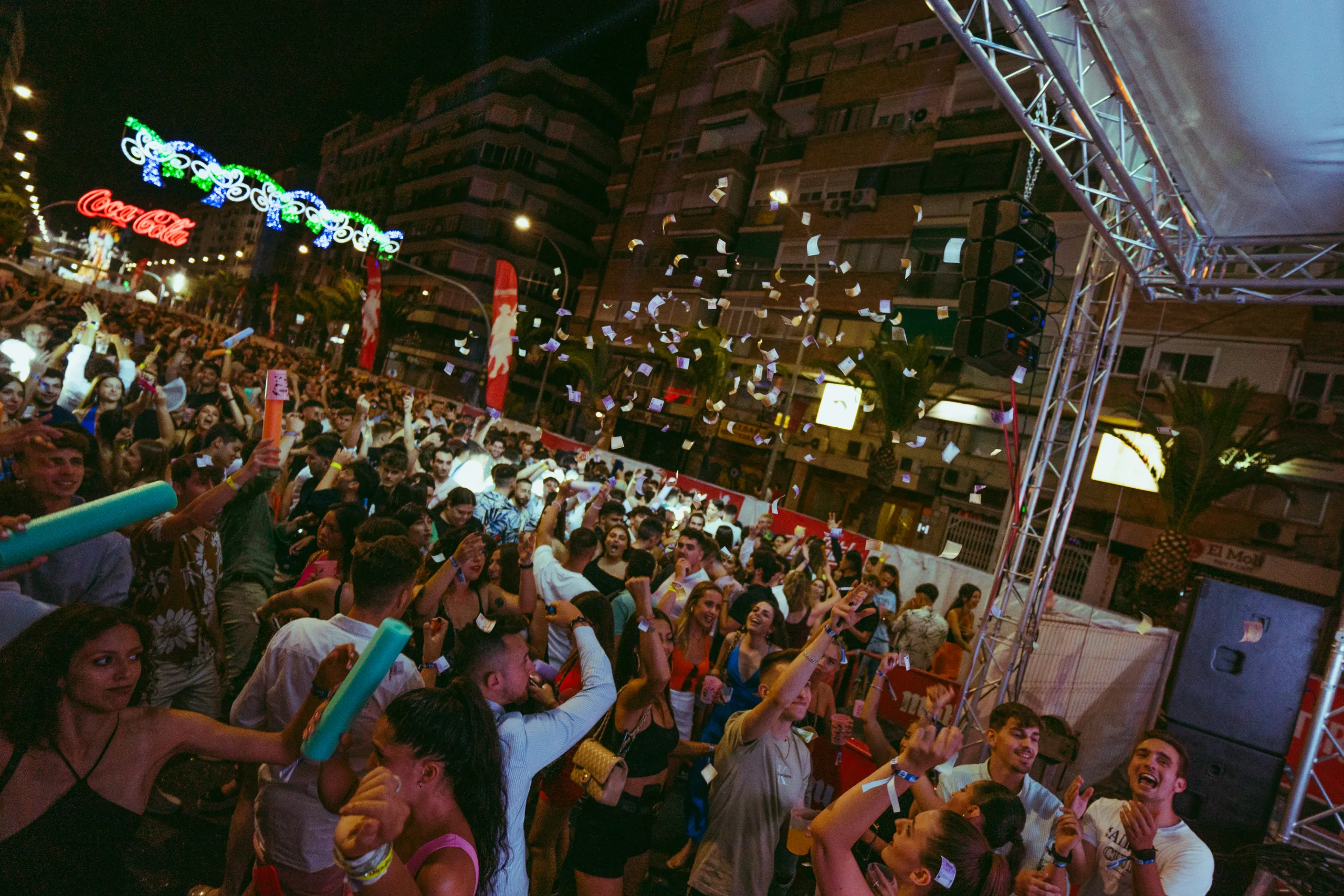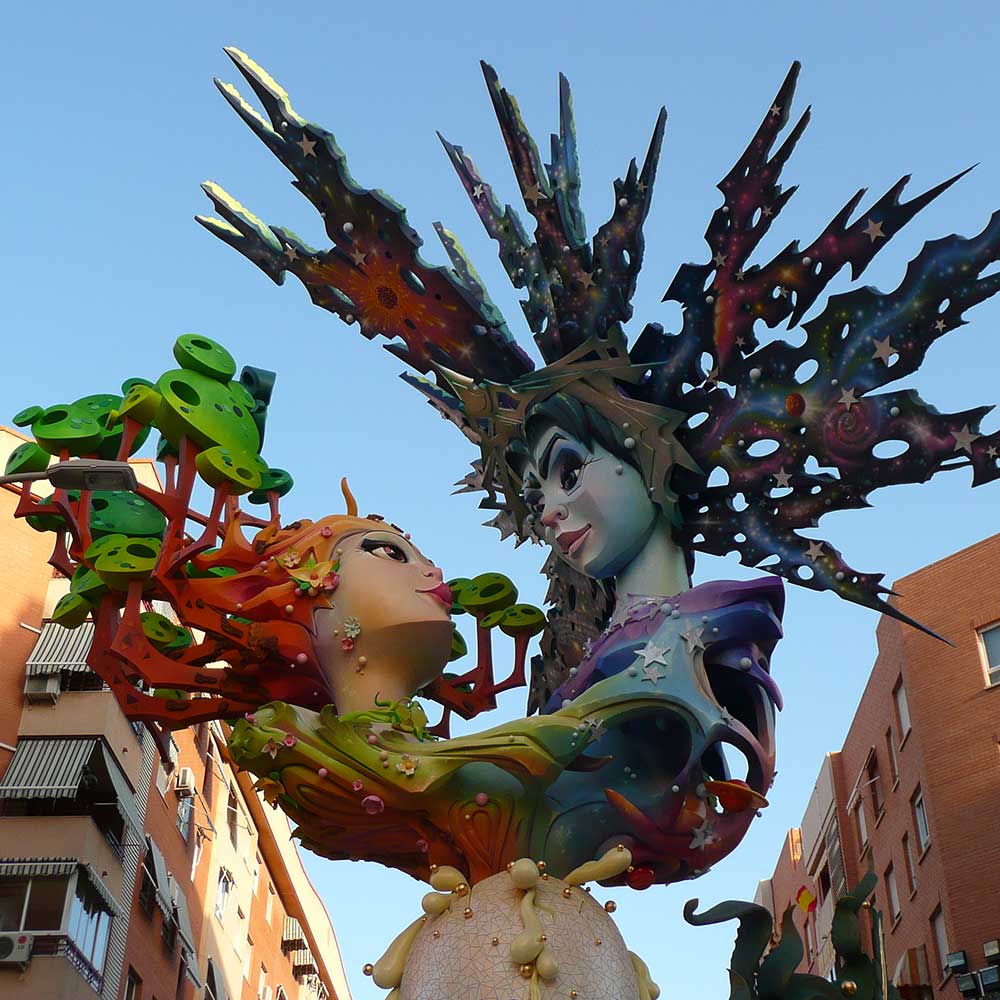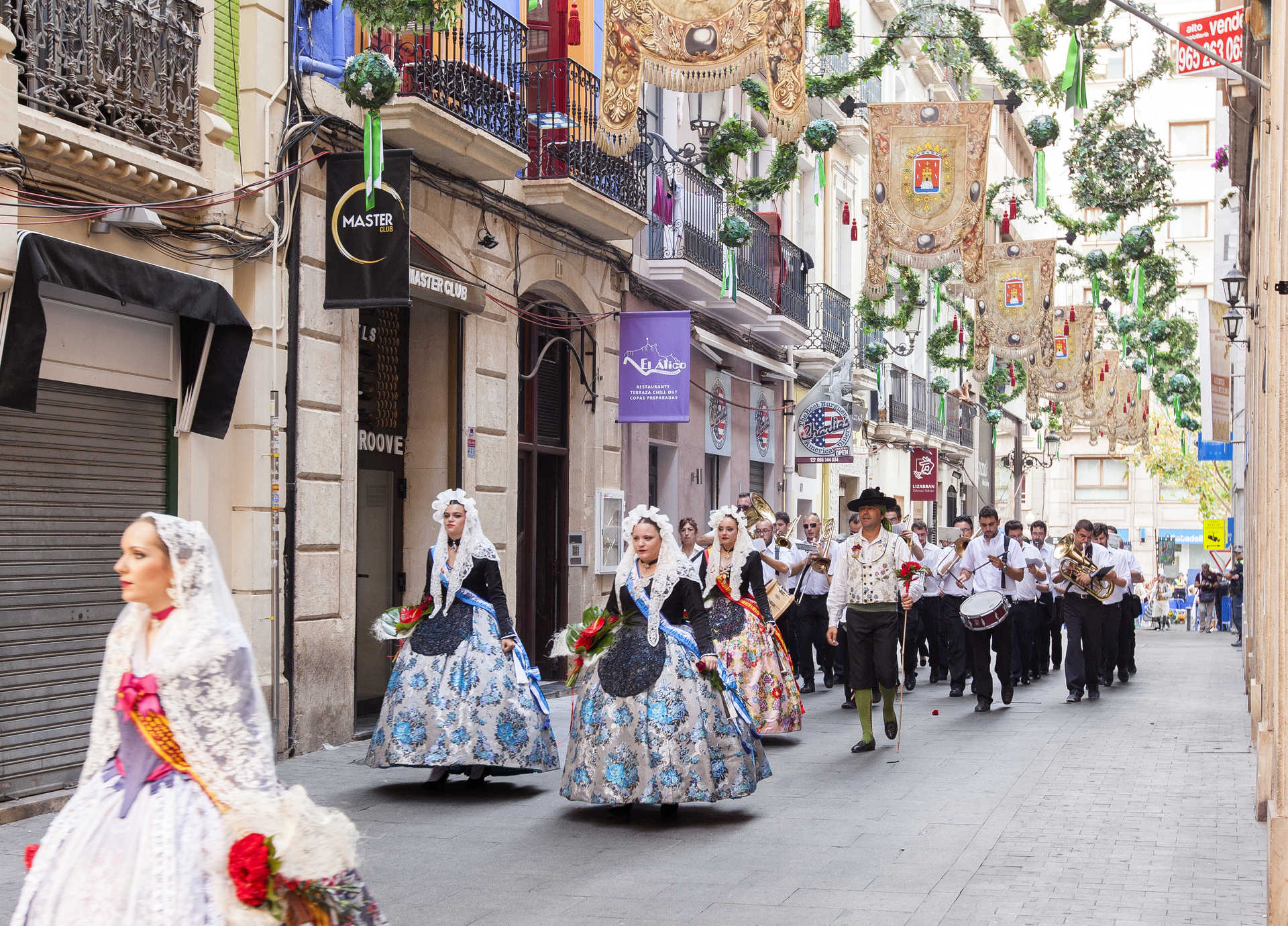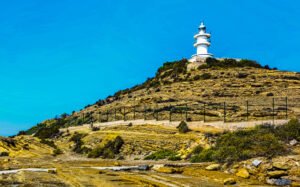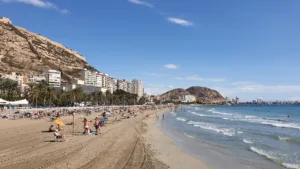Origin and Meaning
The origins of the Hogueras de San Juan can be traced back to ancient pagan rituals celebrating the summer solstice.
These celebrations were later incorporated into Christian traditions, specifically honoring Saint John the Baptist, whose feast day falls on June 24. Over time, the festival evolved into the elaborate spectacle it is today, blending religious reverence with cultural expression.
The burning of the bonfires symbolizes the purification of the soul and the casting away of negativity and impurities. It’s a time of renewal and new beginnings, as the flames light up the night sky, illuminating the darkness and heralding the arrival of summer.
Originally an agricultural festival where dry harvest waste was burned, the first documented reference dates back to 1822, when lighting bonfires was prohibited. Despite the bans, the tradition persisted, becoming “festes de carrer” in 1881.
In 1928, the Alicante Atracción association, with José María Py, proposed making the bonfires official to attract tourism, similar to the Fallas of Valencia. That year, the first official bonfires were a success, attracting over one hundred thousand people. Although there were criticisms from Valencia, the celebration grew, including elements such as the Barraca and the election of the Bellesa del Foc from 1932.
Today, with nearly ninety Commissions of Foguera and over ten thousand participants, Les Fogueres de Sant Joan are the Official Festivals of Alicante, declared of National and International Tourist Interest, and in 2014, they were recognized as an Intangible Cultural Heritage by the Valencian Government.
